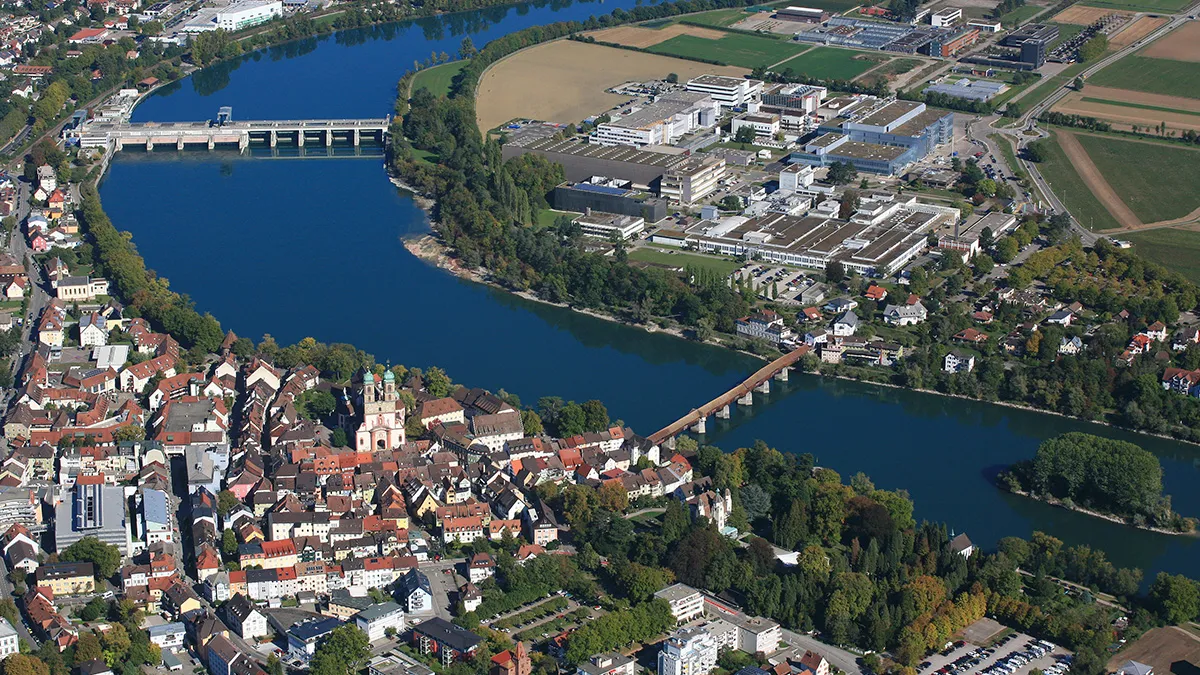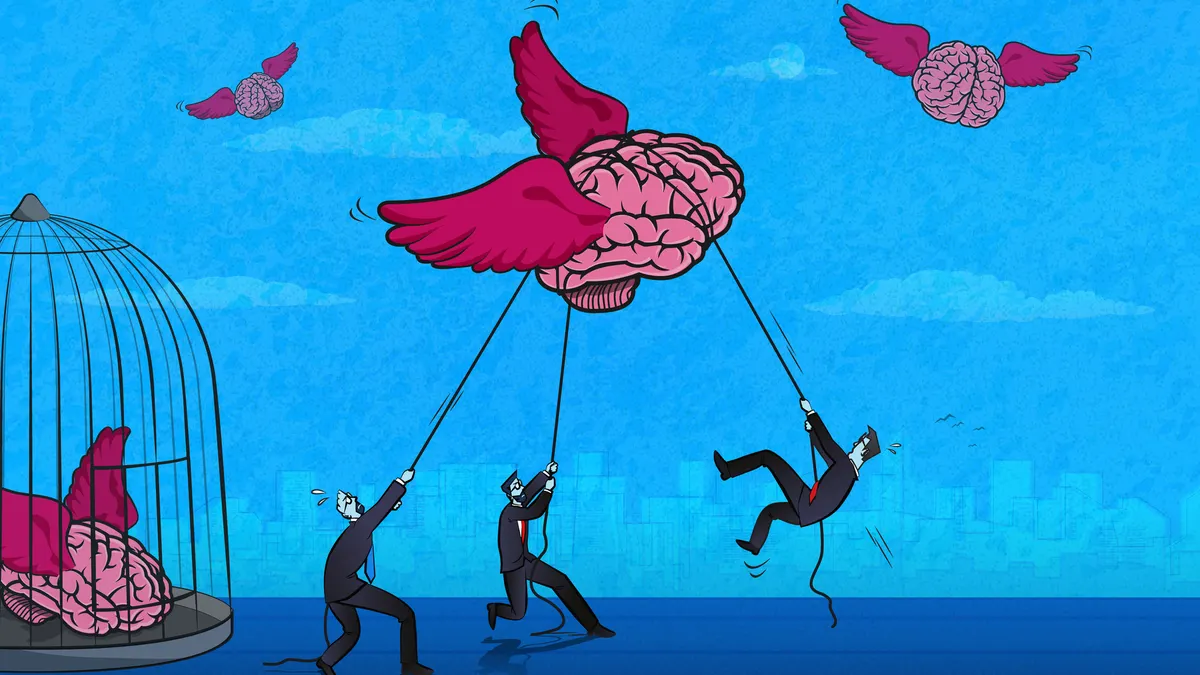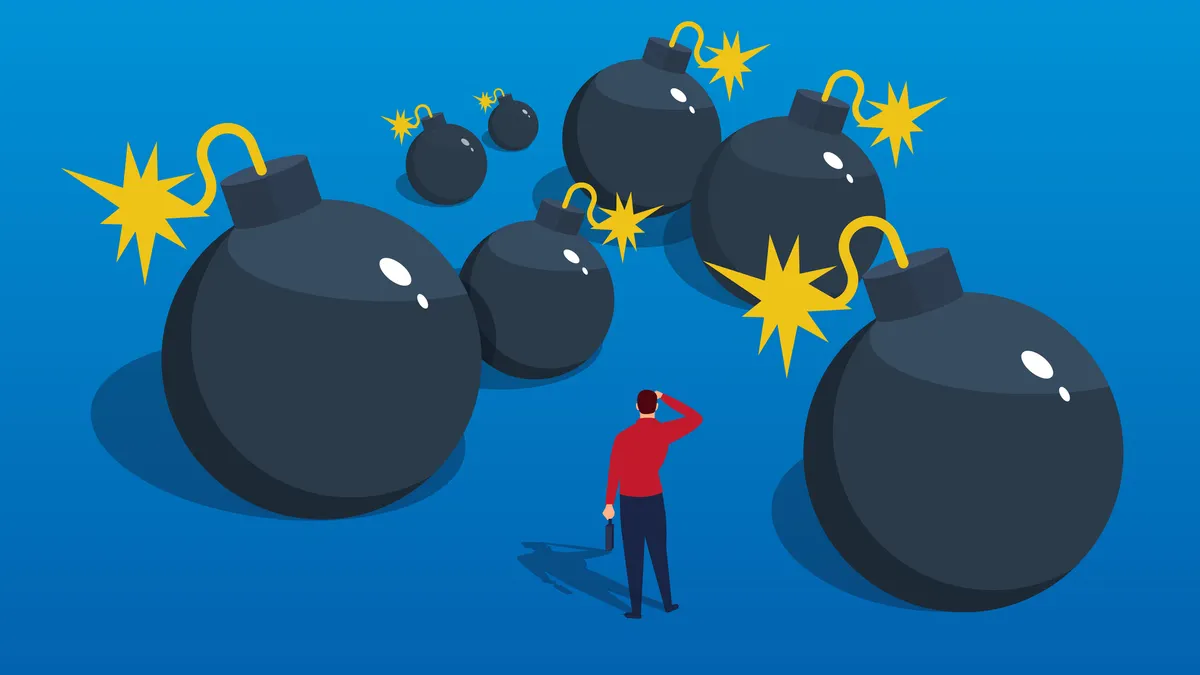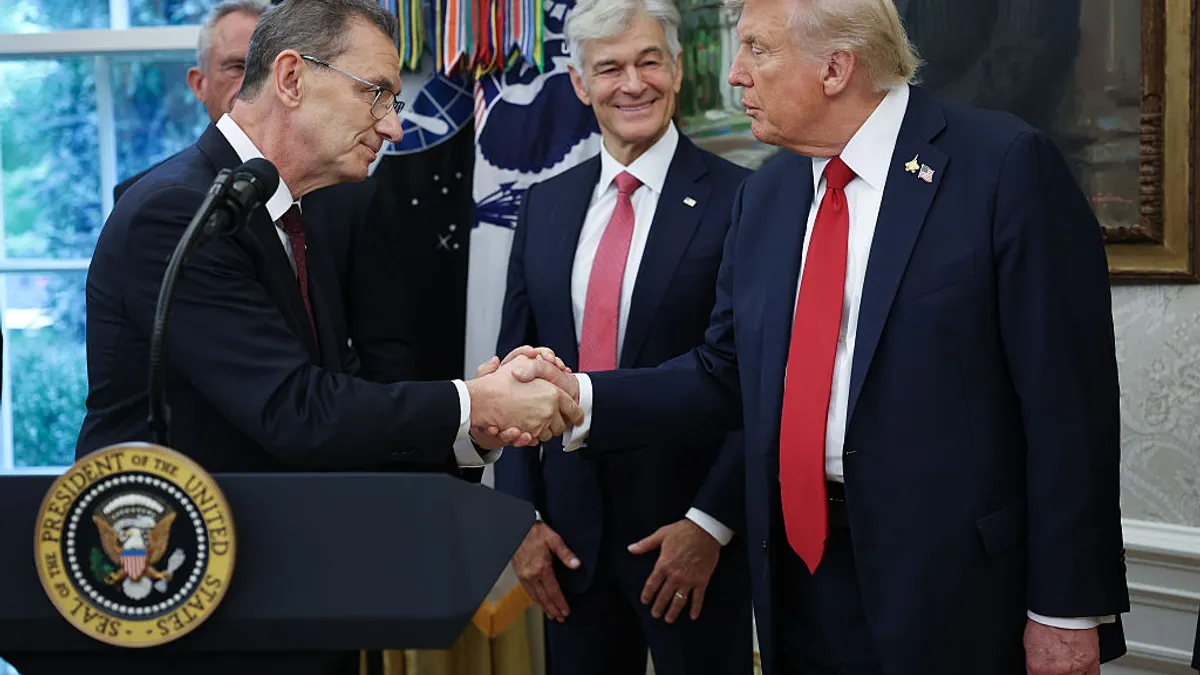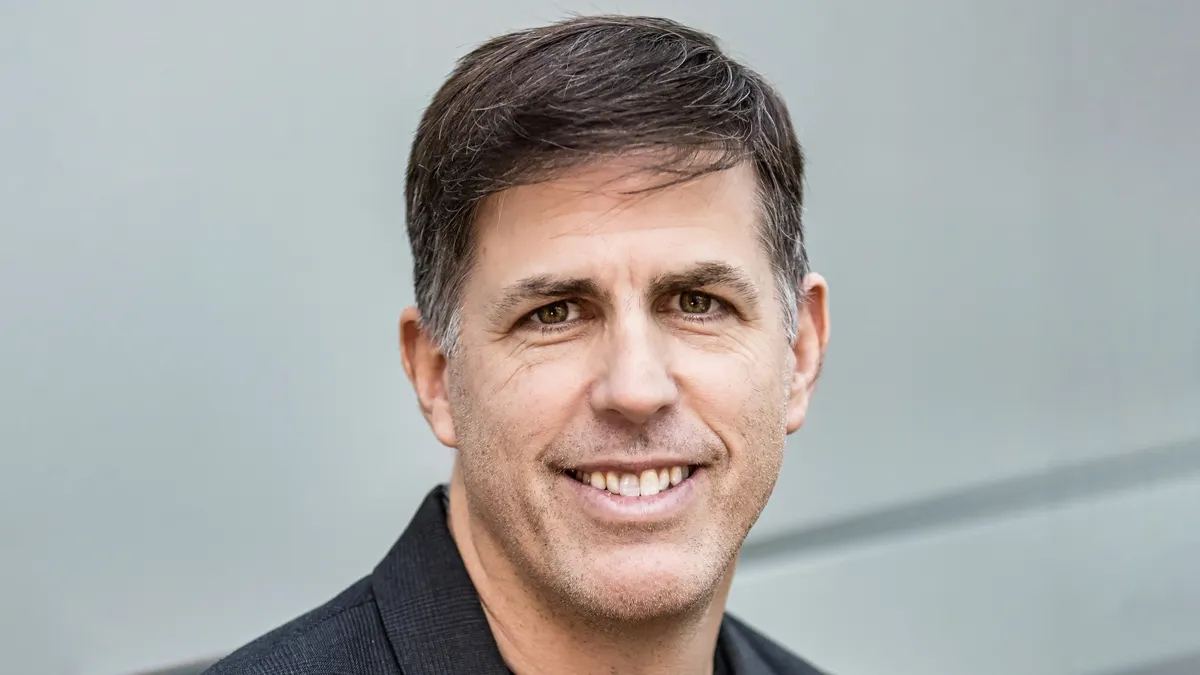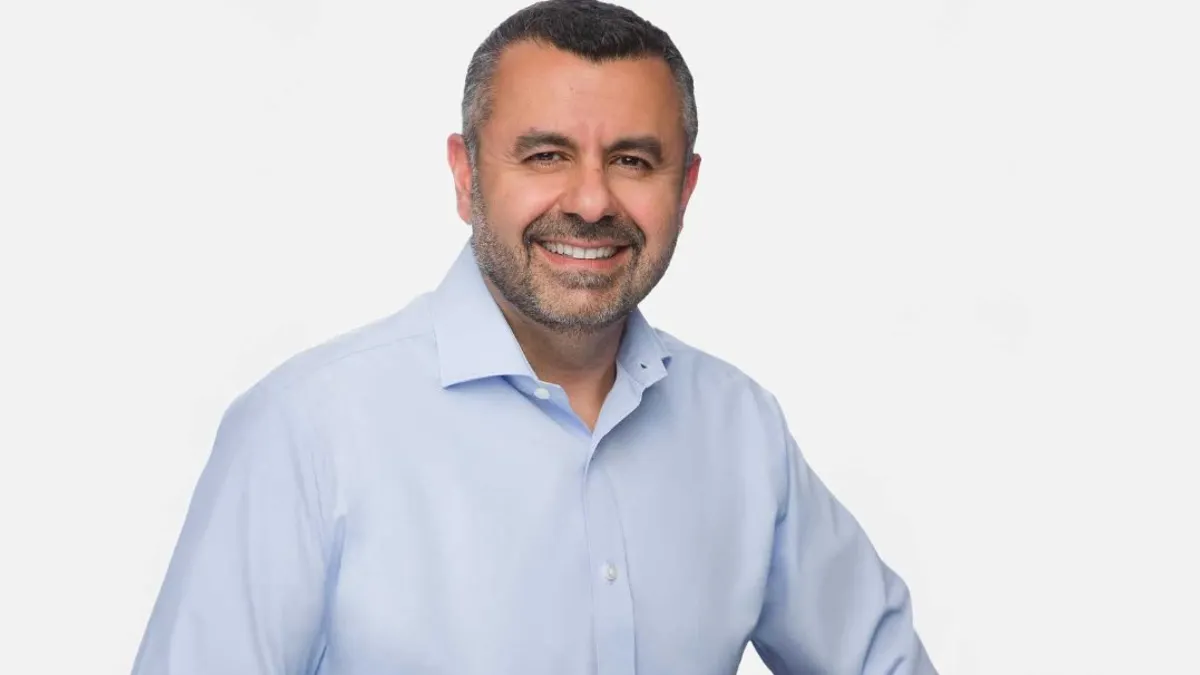Amit Nastik was just a few years into his leadership role at Novartis Technical Operations (NTO) when the coronavirus pandemic struck. Although Nastik was a veteran at the big pharma company, having spent his entire 18-year career there in various operational roles, he couldn’t have predicted that he would be tasked with steering Novartis through one of the largest supply chain challenges it had ever faced.
The scope of the company’s manufacturing supply chain activities under NTO is huge, and accounts for approximately 70 billion doses of medicines every year, which are manufactured in over 50 Novartis-owned sites and distributed in more than 150 countries. NTO cranks out a wide range of technologies — from oral solid dose to personalized medicines — and engages with thousands of partners across the globe.
Nastik’s role as the global head of strategy and operations at NTO is also broad. For the position, Nastik oversees five areas of responsibility — development and implementation of a multi-dimensional evolution of the organization; business development; environmental sustainability; global operations in Slovenia and India; and operational oversight of 10 facilities across the globe.
Needless to say, a lot is riding on his shoulders. But ultimately, Nastik was able to navigate the pandemic without significant supply chain disruptions.
“The manufacturing and supply chain organization has a huge impact for the company, and we are fully focused on our goal of delivering high-quality products to our patients — on time, every time,” he says.
What led to his success?
In this Q&A, Nastik outlines NTO’s COVID-19 strategy and the company’s commitment to technology.
PharmaVoice: Over the past couple of years of COVID-19, how have you addressed global supply chain issues?
Amit Nastik: We were quick on our feet when in January 2020 we saw the first countries, such as China, where we have two manufacturing sites, start to face some challenges. We established a task force, initially with a few people, and within a few days, we had 50 people across all the functions. I would say, we mastered the situation well and I’m proud that our task force was in place well ahead of time. We were able to maintain our last three years of supply reliability very close to 100%.
Like many companies, the pandemic impacted our locations; the borders were closing and opening, transportation was affected. This was an entirely new situation which we chose to address head on. We did three things right.
First, we were proactive. With the task force, we built visibility into our supply chain and operational activities — something that we never had before. This one goal of empowering our task force and making them accountable took away the fear that something may go wrong.
The second thing was our decisiveness. There was no time to debate in a committee whether we should order gloves, masks or other materials. If they were available, we placed the order. Under normal circumstances, this might have been a topic of debate, but we had to keep moving, and our people had the power to make these crucial decisions.
The third was demonstrating empathy. Our people in manufacturing and supply chain manage extremely tough circumstances. Our focus has always been our people and we put them first — they are the real, unsung heroes. I want to sincerely recognize and acknowledge all the fantastic work they are doing. And now almost into the third year of the pandemic, our people still remain our anchors. Not one of our sites was down during this time.
Some of the learnings from the COVID period are that we can’t take the availability of our workforce for granted — our automation agenda needs to be strengthened. Our suppliers, who are our extended arms, need to have integrated systems that provide transparency and visibility into the status of our orders and products coming to our sites.
How do you employ innovative tech to aid manufacturing and secure the supply chain?
We can deploy technology well only when we have optimized processes and a good grasp over our data. In terms of order, it’s not the technology that comes first — we always start with optimizing and standardizing our key processes. Then we need to know the details of the data being produced. Is it high-quality data? Is it structured? Is it clean? Do we have the right data analytics?
Taking stock of data helps us make educated decisions. If we have these fundamentals in place, then we can deploy the technology; there's nothing worse than deploying a technology to a broken process because it will not drive efficiency — this is our first principle.
The second principle is to ensure that we can deploy the key technologies across the entire value chain.
Our value chain has five main components: it starts with planning, then sourcing of the materials, making the medicines, using quality control and then delivering them to our patients. Our focus is not only on one aspect, but we want to have the right technologies across all the five components of our value chain, from planning to delivery. We need systems that can talk to each other, give us thorough visibility to ensure that all our projects and investments are balanced across the five steps.
For instance, we built a fully integrated planning system that allows us to make faster and more accurate data-driven decisions to aid with forecasting. We also use AI to eliminate some of the human biases.
We also have a technology solution for Electronic Product Information (ePI) to eliminate the leaflets attached to the medicine packages. The paper leaflets are not just cumbersome, but are also a burden to the environment. In two of our markets, Japan and Singapore, we have moved away from paper leaflets to the ePI solution. It’s essentially a QR code that when scanned provides all the information about medicine to our patients and healthcare providers (HCPs). In these two markets alone, we can save approximately 130 tons of paper and keep our consumers informed about any changes to the product. Though some countries in Europe have approved the QR code, they still want us to use to paper leaflets. Clearly, the ePI solution not only benefits the organization, but is also a boon to our patients and HCPs.



